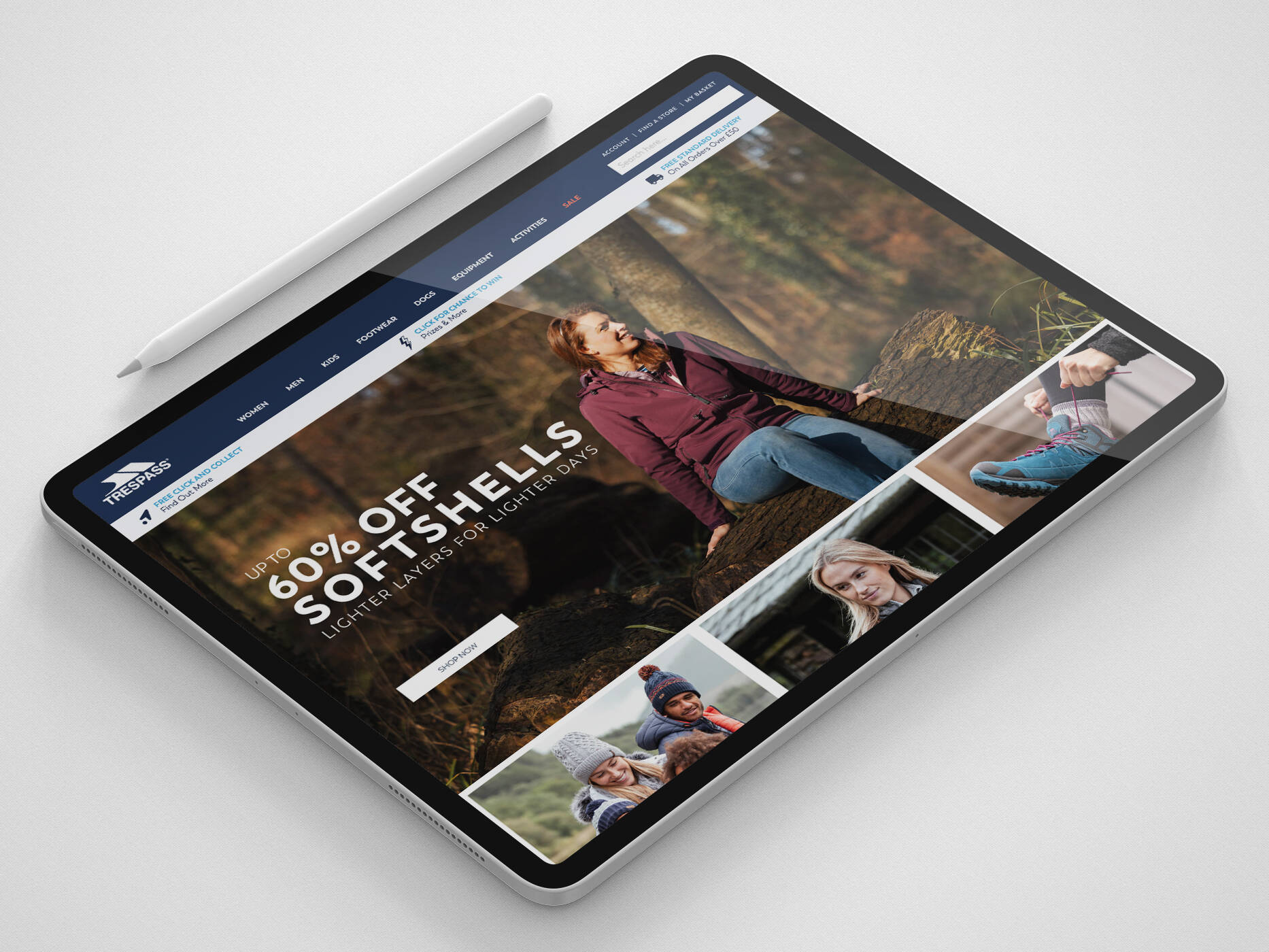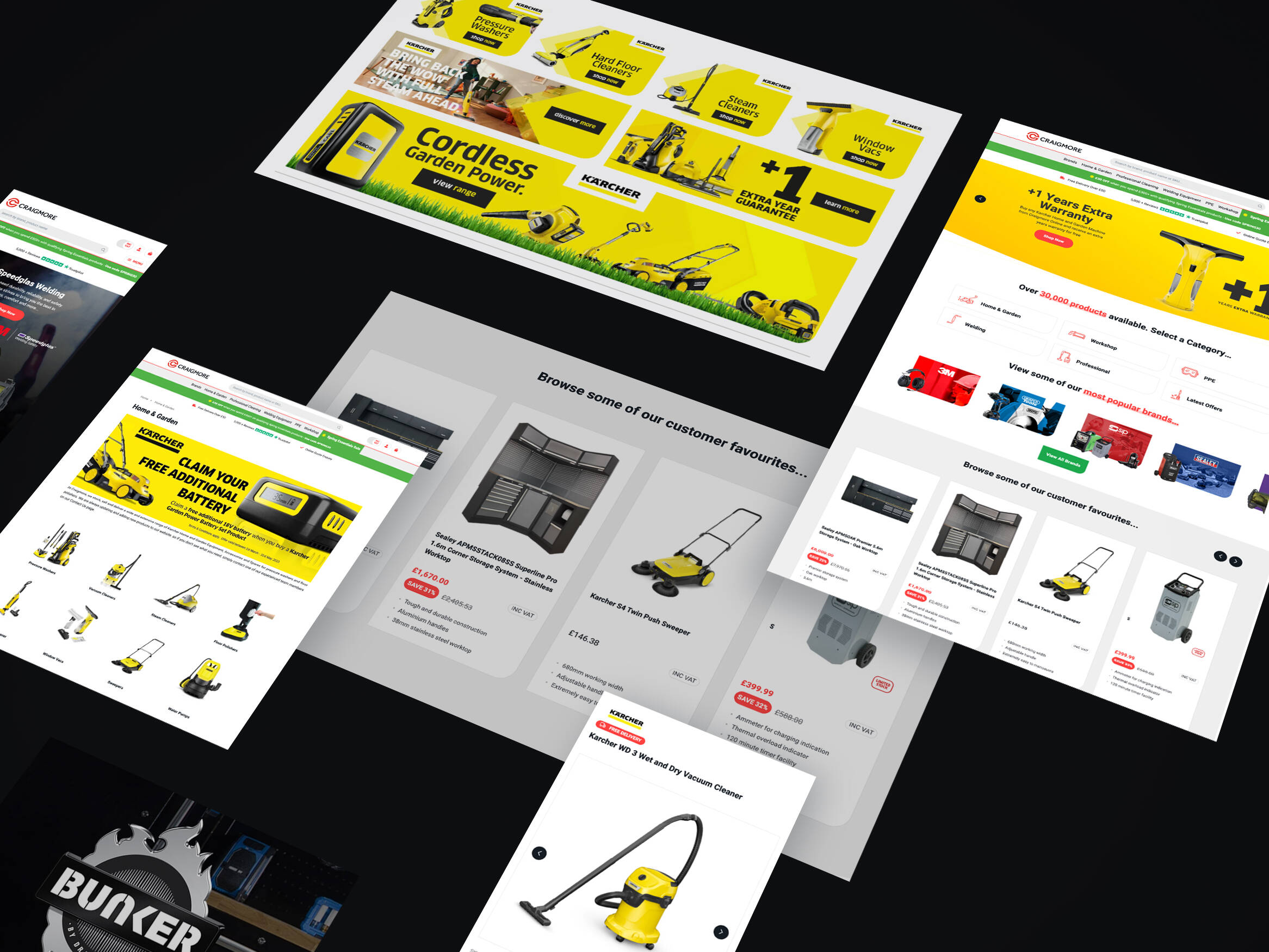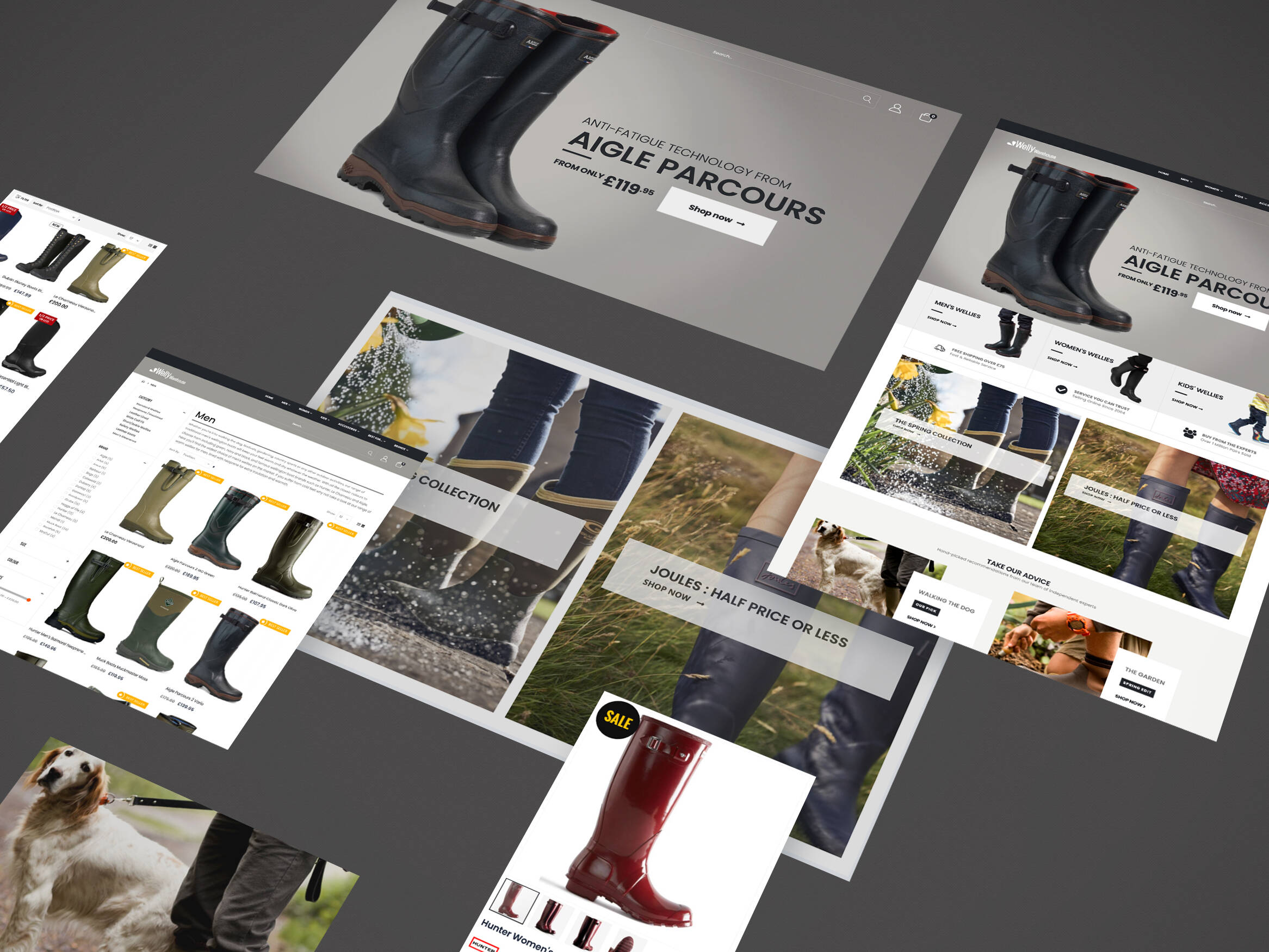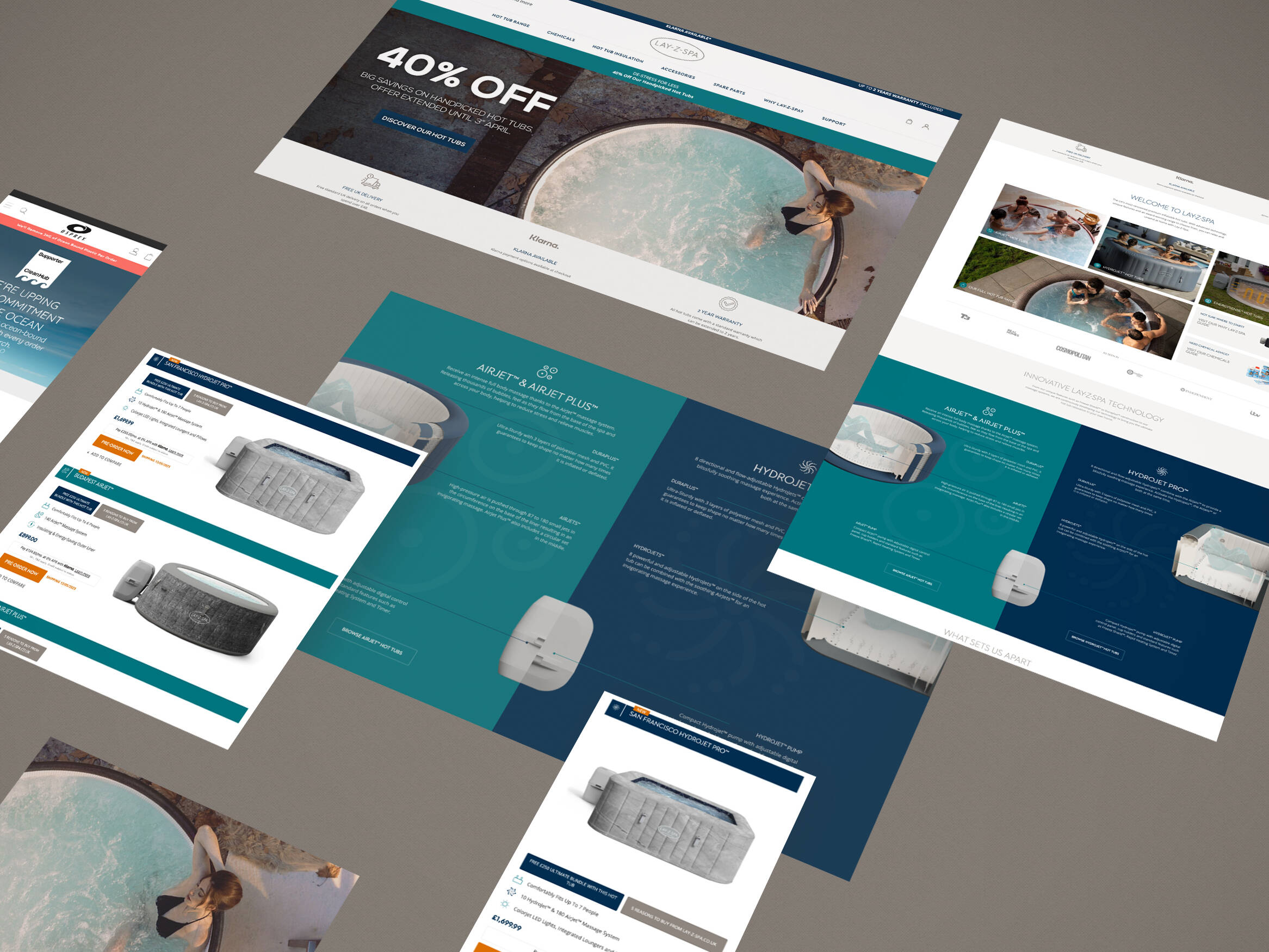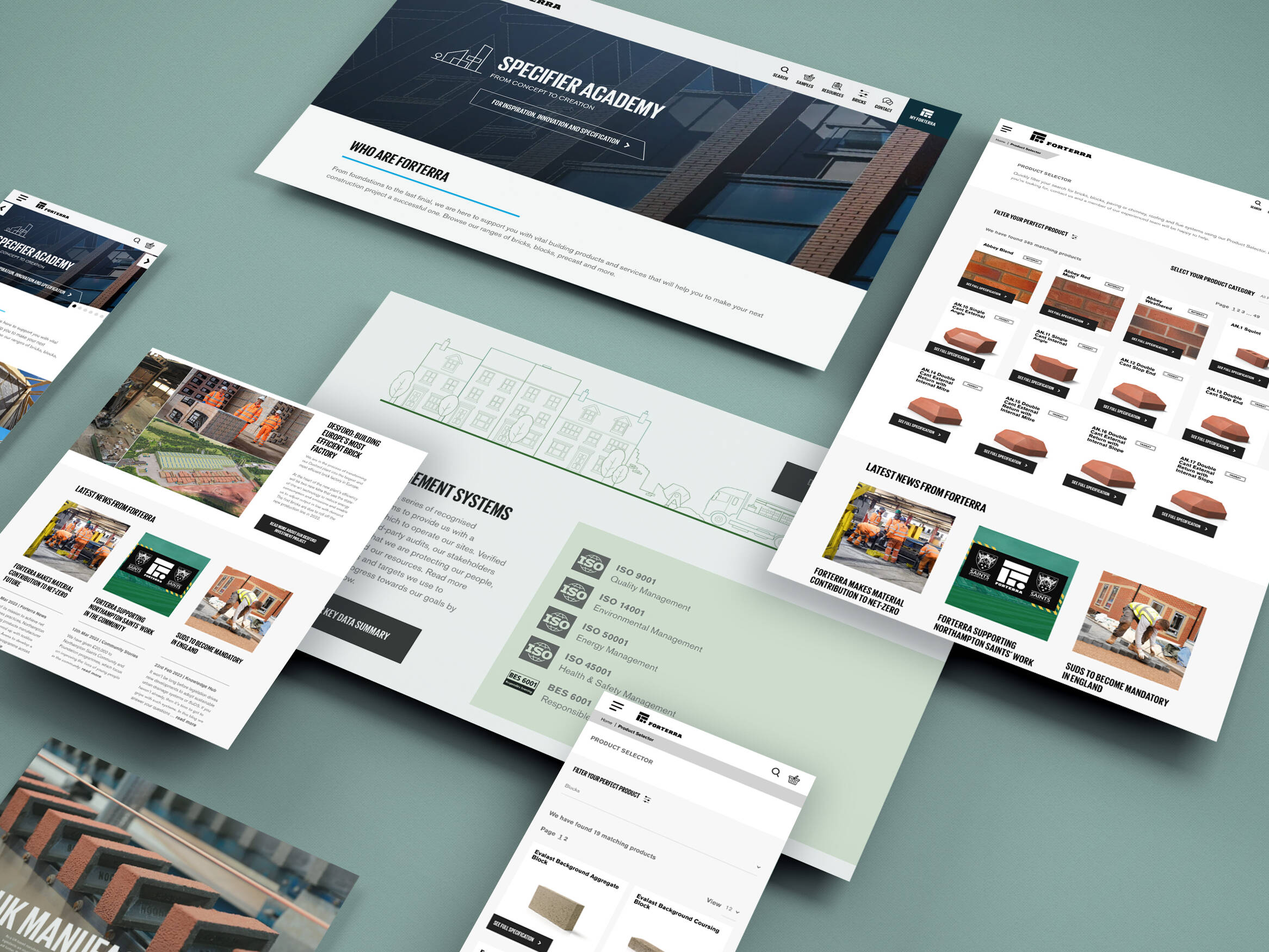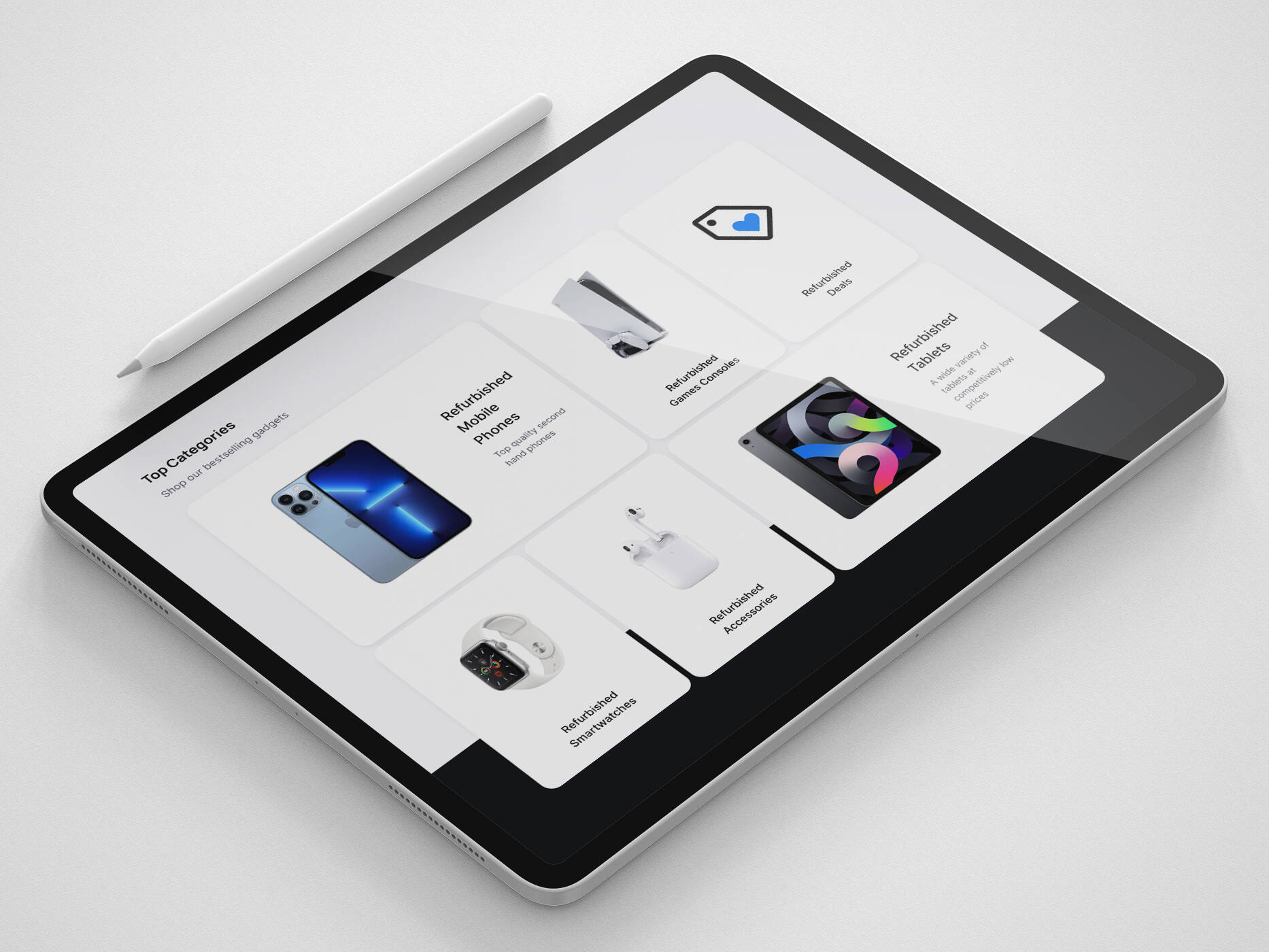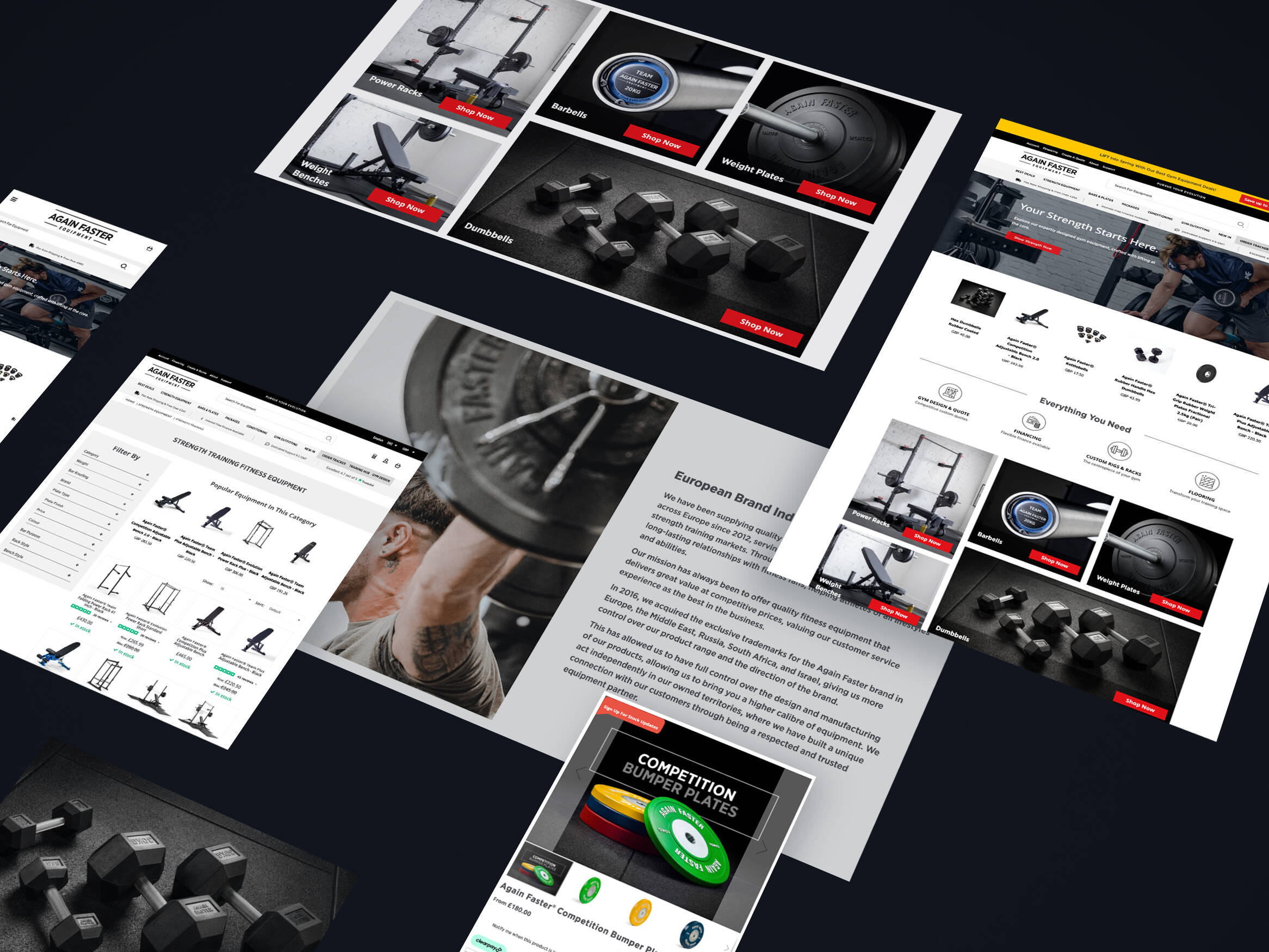While it might well sound like a type of evil droid plucked from a Sci-Fi series, a power-hungry robot villain that wants to conquer all human life forms, in reality, and ironically the chat bot is designed to help and assist the human race.
These chatbots or ‘bots’ for short, are powered by rules and sometimes artificial intelligence, that consumers can interact with via a chat interface.This chatbot service can be implemented on a site or as part of an app for any number of things such as increasing functionality, as a way to add an element of fun, or purely as a digital marketing strategy.
But how are these bots going down with online users? Are they being embraced, or has it all gone a bit Terminator II? Let’s explore.
How Do Chatbots Work?
There are two types of chatbot, one functions based on a set of rules, and the other is a more advanced version that uses machine learning.
Chatbot that functions based on rules:
- This chatbot is very very limited. It can only respond to very specific commands. If you say the wrong thing, it doesn’t know what you mean.
- This chatbot is only as smart as it is programmed to be.
Chatbot that functions using machine learning:
- This bot has an artificial brain AKA artificial intelligence. You don’t have to be ridiculously specific when you are talking to it. It understands language, not just commands.
- This bot continuously gets smarter as it learns from conversations it has with people.
Here are some chatbots operating out there, right now:
1. Kik
This messaging platform is known for its strongly engaged audience—with users spending an average of 35 minutes per session on the platform, more than 10% higher than Facebook Messenger and more than one-third higher than Snapchat.
Kik allows anyone to create a bot for its platform, so in the third-party ecosystem, there is a mix of major brands and one-off bots created by users.

Sephora
American, beauty brand Sephora were the first online makeup retailers to introduce the technology on to their site, with two new chatbots aimed at helping boost their sales with bespoke and tailored customer interaction, tips, treatment and advice.
- Sephora Reservation Assistant is an appointment booking bot to reserve a makeover at Sephora stores across the United States.

2. Colour Match for Sephora Virtual Artist is a shade matching addition to the Sephora Virtual Artist bot that scans any photo and instantly provides the closest lipstick colour match from Sephora’s entire assortment.

Mary Beth Laughton, Senior Vice President of Digital for Sephora said:
”Our two new bots for Messenger offer enhanced ways for our clients to engage with Sephora by streamlining how they access relevant service and product information on their mobile devices. This allows us to provide richer, more varied conversations that ensure clients get exactly what they want out of the experience”.
H&M
Like other beauty and fashion brands, H&M uses the H&M Kik bot as a brand extension tailored towards customising the user’s shopping experience. Whether consumers are looking for outfit inspiration or are debating trying out a new style, they can browse potential options by chatting with H&M on Kik as if they had a personal stylist at their fingertips.
Whether consumers are looking for outfit inspiration or are debating trying out a new style, they can browse potential options by chatting with H&M on Kik as if they had a personal stylist at their fingertips.

The user is given the choice to classify their style: Casual, Boho, Preppy, Classic, or Grunge. The H&M Kik bot then allows you to keep browsing similarly styled outfits featuring legwear, tops, shoes, and accent pieces, or start a new search altogether.

However, the software recognises the limitations of shopping via the H&M Kik bot and optimised the shopping experience by allowing users to simply chat the item they wish to purchase before navigating away from Kik. For the non-committed or those unable to make a purchase on the fly, users can simple hold the image for two seconds to save the outfit for later.

2. Facebook Messenger
With 1 billion users interacting with the service, it’s a messaging platform with a large reach and the most potential for third-party brands. However, there are still notable restrictions on how those brands are allowed to interact with customers through the platform.

Brands using the Facebook Messenger platform are allowed to send transactional messages to users (for instance, telling a user that their order has gone through, or that their package has been delivered) or to create chatbots that respond to user questions and commands.
However, in order to keep companies from spamming uninterested users, Facebook Messenger requires that users be the ones to initiate interactions with a given brand—so you can’t communicate with users if they don’t reach out first – pretty cool!
3. Line
This messaging platform is particularly big among media and entertainment brands, with The Wall Street Journal, CNN, Hulu, and artists like Paul McCartney, Major Lazer, and Fall Out Boy all active there.
Line, which grew out of an effort to ease emergency communications following a devastating 2011 Japanese earthquake, has a smaller audience than Facebook Messenger—though 200+ million active users is nothing to sneer at!

Line allows its users to add brands as friends, the same way that they do with their actual friends. And once a user has added your brand as a friend, you have a lot of channels within the platform to communicate with them. You can:
- Send them direct messages that support text and rich images (and because Line notifies users about messages via push notification, this allows you to reach users in this platform even if they’re not currently using it)
- Post content —including Line-specific stickers and videos—to your users’ timelines, creating regular reminders about your presence on the platform
- Send links to longer posts (as well as coupons, polls, or questionnaires) to your users through the platform’s chat function
Like Facebook Messenger, the opt-in nature of this messaging platform means that it’s best used to interact with engaged customers.
Potential Concerns for Marketers
When considering the current functionality of chatbots, it’s realistic to accept and understand their inherent limitations and that they’re far from mirroring human interaction. There was a lot of buzz around chatbots, that they might be able to mirror truly human-like conversations. But we’re not there yet.
While the stilted, unnatural interaction with the bots can be charming, it isn’t going to be for everyone. It’s nothing to worry about if you’re not exactly rooting for these bot buddies, they’re still in their infancy, so they’re not going to replace your current engagement marketing efforts on mobile and desktop anytime soon!
Even if brands wanted to, it seems wise not to centre the entirety of their marketing strategy around platforms that they have limited control over; balance is key.
Looking to learn more about chatbots for eCommerce? iWeb can help! Drop us a line.
Get in touch
We know commerce, let us help you improve customer experience, increase conversion rates, and make that digital change.
- hello@iweb.co.uk
